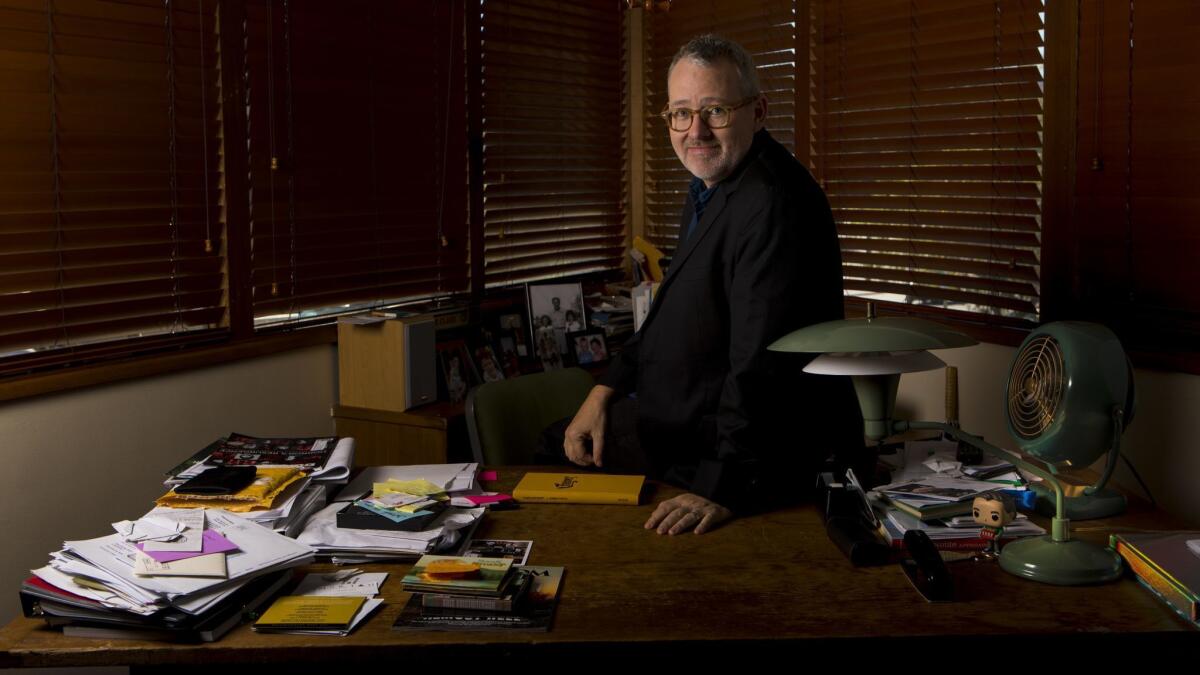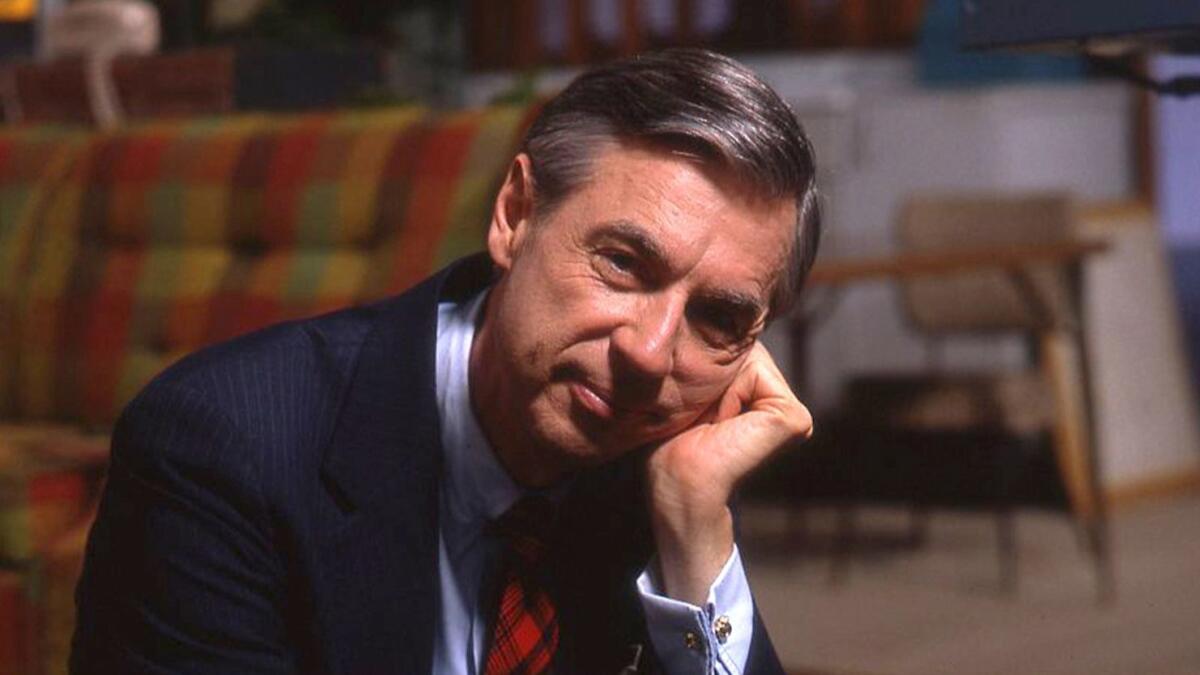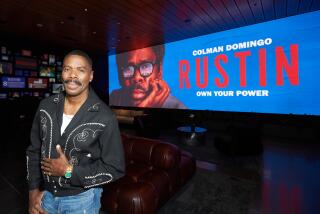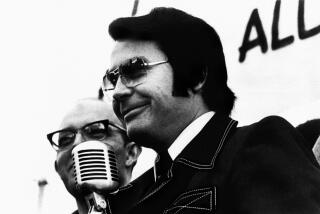Filmmaker’s documentary on Fred Rogers highlights TV host’s kindness, nonpartisan appeal
Few might have guessed that the hottest documentary of 2018 would be about a gentle, cardigan-wearing children’s television host whose last show aired 17 years ago.
“It’s permeated the culture in a major way,” said filmmaker Morgan Neville of “Won’t You Be My Neighbor?,” his portrait of Fred Rogers, a figure of wisdom and understanding for the generations of children who watched his show over four decades on public television. The film, whose title echoes Rogers’ signature invitation to his young viewers, has taken in more than $20 million at the box office since its June release.
Neville believes the film’s success speaks not only to the enduring nature of Rogers’ legacy, but to a population rubbed raw by the nation’s polarized political dynamic. “Obviously, we’re in this divisive moment,” said Neville, whose 2013 documentary, “20 Feet from Stardom,” won the Academy Award for documentary feature. “Inspiring, upbeat stories are something audiences crave.”

The film’s commercial success is shared by two other 2018 nonfiction hits that have exceeded ticket sales of $10 million each, “RBG,” a profile of Supreme Court justice and feminist pioneer Ruth Bader Ginsburg, and “Three Identical Strangers,” which revisits the strange, tragic story of triplet brothers separated at birth and reunited as adults in 1980 New York.
“A year ago people were saying that the theatrical documentary might be a dodo bird, but they’ve come roaring back this year,” said the prolific Neville, who also saw the recent release of his Orson Welles documentary, “They’ll Love Me When I’m Dead,” via Netflix. “When I started making documentaries 25 years ago, they were so uncool. And it could not be more different now. They are the type of adult-oriented films that are fewer and farther between in Hollywood these days.”
Likewise, the thoughtful, calming presence of someone like Rogers seems rare in contemporary American culture. “The popular conception of Fred Rogers is that he’s a two-dimensional milquetoast character,” Neville said. “The reality is that he was a superhero. He was a man of iron will and intelligence who was working incredibly hard for kindness.”
I came to realize Fred Rogers is a god.
— Morgan Neville

The film builds on extensive archival footage of Rogers, on and off camera, with an array of more recent interviews with his extended family and frequent guests, such as cellist Yo-Yo Ma, whom Neville documented in 2015’s “The Music of Strangers.” When the filmmaker heard Ma’s stories about Rogers, whom he had loved as a child, he became newly fascinated. A deep dive into the trove of Rogers videos on YouTube took him closer to launching the project, which would focus on the subject’s ideas — about teaching children, about ethics and community — rather than lean on a nostalgic montage of TV clips.
“We live in a culture that basically profits by dividing us,” said Neville, who more explicitly addressed the theme of political rancor in “Best of Enemies,” a 2015 film about the fiery 1968 debates between Gore Vidal and William F. Buckley Jr. “That’s how you get votes and how you get eyeballs, by stoking resentments. Who’s left to advocate for our common purpose? Where are the people looking out for our best interests and not their own self-interest? That’s something people are obviously hungering for. I was hungering for it, and that’s why I wanted to make the film.”

Neville is gratified by the film’s nonpartisan appeal. “To me, this was a film about a Republican minister,” he said. “The film connected not just on the coasts, but everywhere. This gives me hope.”
The filmmaker also can sigh with relief that he’ll be welcome back in Pittsburgh, where Rogers lived and, in 2003, died, a humble man now honored by a memorial statue raised where the Ohio and Allegheny rivers meet.
“I came to realize Fred Rogers is a god,” he said, laughing as he recalled a visit to the city early in the film’s production. “The first time I got into a taxi, the driver turned around and asked what I was doing there.” When Neville told him, the cabbie wanted to make something clear. “He said, ‘You better not screw this up.’”
More to Read
From the Oscars to the Emmys.
Get the Envelope newsletter for exclusive awards season coverage, behind-the-scenes stories from the Envelope podcast and columnist Glenn Whipp’s must-read analysis.
You may occasionally receive promotional content from the Los Angeles Times.






